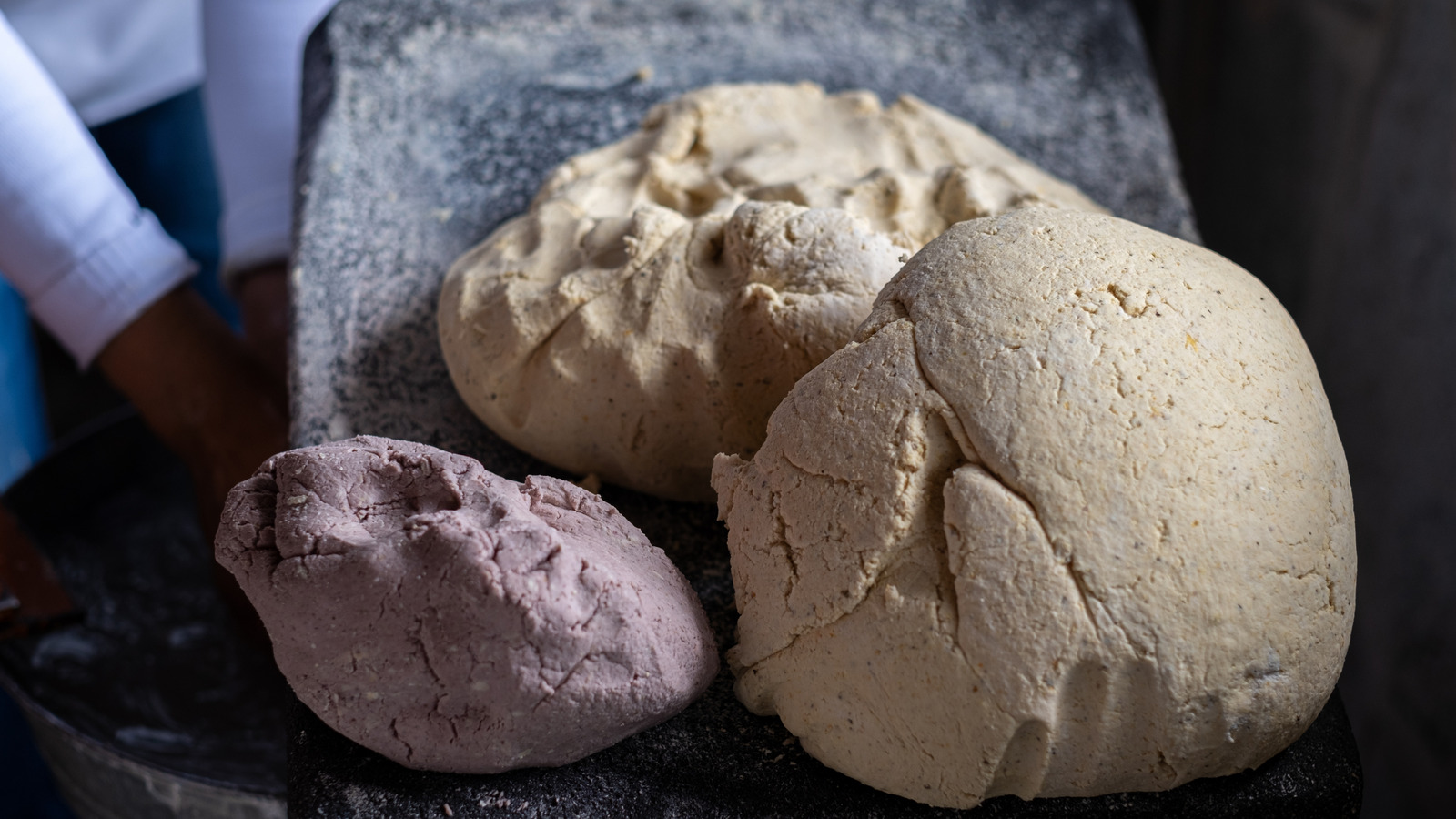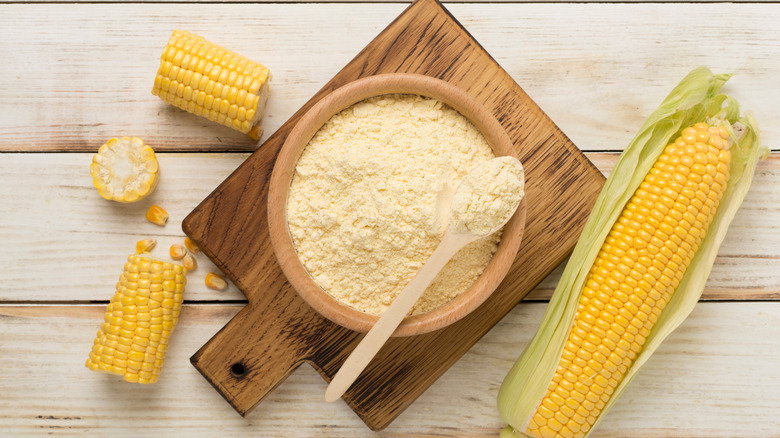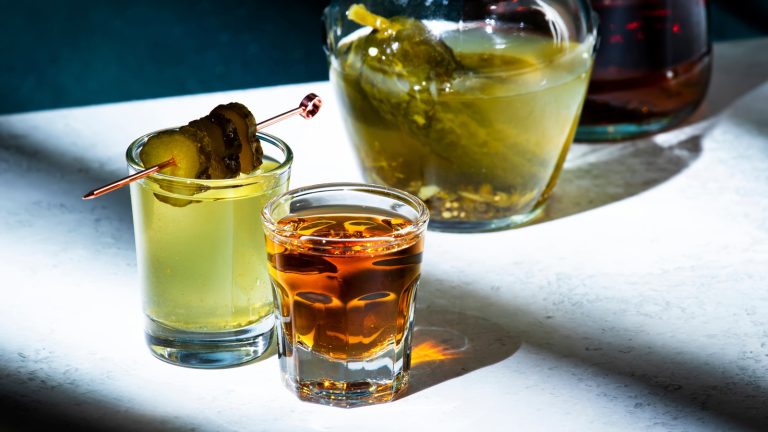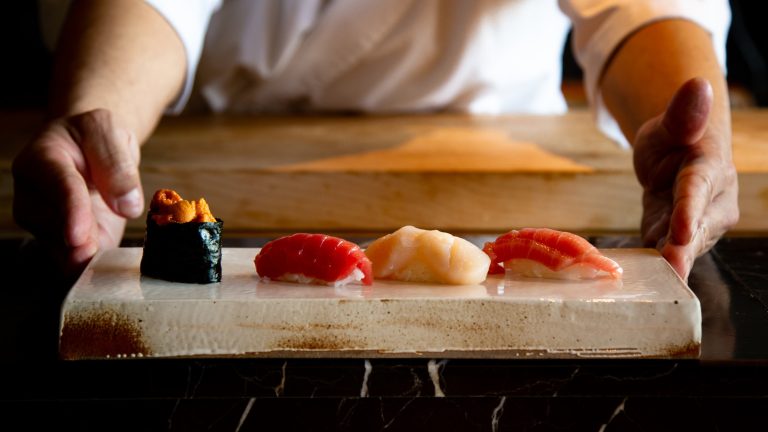We may receive a commission on purchases made from links.
When you think of Mexican cuisine, your mind may go to tacos al pastor, tortilla chips served with guacamole and salsa, and warm tamales filled with chilis and cheese. One could argue that salsa or well-seasoned meat are key components in Mexican cuisine (and they are), but one ingredient can be said to be the most important staple of nearly every meal. With origins tracing back thousands of years, masa harina is one of the most important ingredients in Mexican cuisine.
Meaning “dough flour” in English, masa harina is made from corn, also commonly referred to as maize. However, the process for making masa harina is not as simple as just grinding up dried corn. What makes masa harina different from a basic flour you would buy at the grocery store is an ancient method called nixtamalization.
In this process, dried corn kernels are boiled and soaked in water with a mineral called lime, which helps break down the hard outer hull of corn. This makes it easier to grind into a fine flour, and also makes certain vitamins and minerals, like vitamin B3 and calcium, more accessible to be absorbed by the human body. The ground corn paste is then dried and ground again, and sold as a masa harina. When the treated corn is left unground and whole, it is called hominy.
Masa harina, then and now
Corn was a staple food in the diets of the ancient Mesoamerican civilizations like the Aztecs, Mayans, and Olmecs, whose civilizations sat in modern-day Mexico; we can thank them for the process of nixtamalization. These civilizations used the ground, nixtamalized corn to make tortillas to eat with beans or meat, tamales, and sometimes a porridge made from ground corn. A thick beverage called atole was made from water and ground corn, and was flavored with honey, fruit, or chocolate. It is said in Nahuatl (the language of the Aztecs), in the past and amongst modern-day speakers, that corn is their blood.
The consumption of corn and masa harina survived Spanish colonialism, as well as the modernization and industrialization of the food system. Shelf-stable masa harina was first developed and sold in 1949, near the northern Mexican city of Monterrey. From there, the product quickly spread north into the United States. This allowed home cooks and manufacturers to skip the labor-intensive process of starting from dried corn, but still make tortillas that tasted fresh.
Today, products like Maseca’s Instant Yellow Corn Masa Flour have become household staples, making the masa harina easily available around the world. Smaller brands also supply a greater diversity of options; Masienda’s Heirloom Corn Harina Masa is made from the surplus of different varieties of heirloom corn from small farmers in Mexico. While many may still prefer the unbeatable flavor and aroma of freshly ground nixtamal masa, both fresh and shelf-stable masa harina can be used to make tortillas, tostadas, gorditas, tlayudas, sopes, huaraches, and tamales at home.






